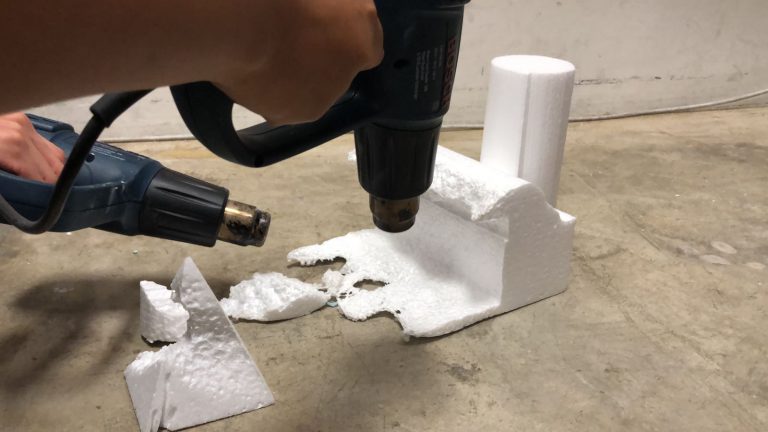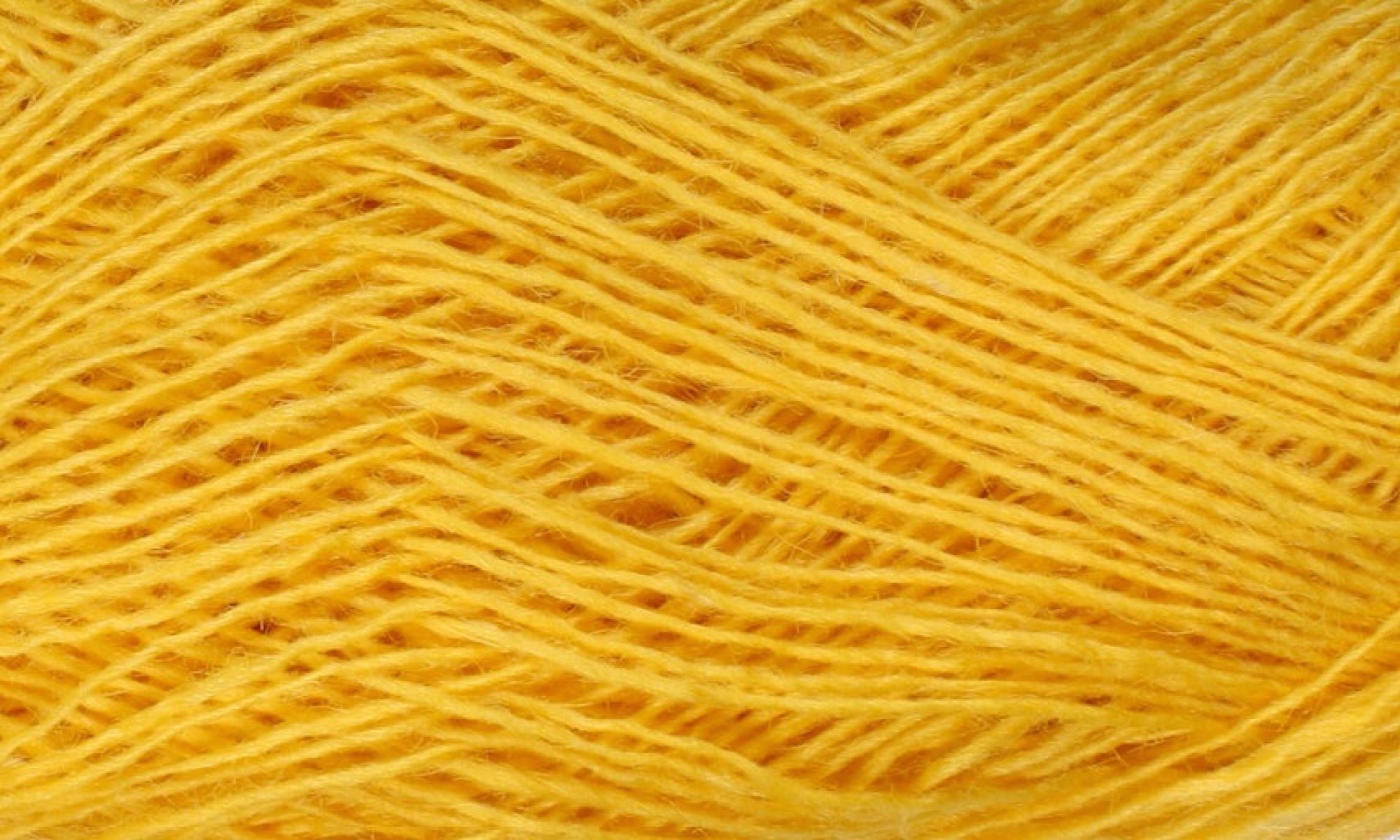For micro project five, the art of destruction, my team (Fred, Teri, Jia Ying and me) destroyed a bunch of styrofoam blocks with a heat gun.
Rosa Menkman states in The Glitch Studies Manifesto:
“As an artist, I find catharsis in disintegration, ruptures and cracks. I manipulate, bend and break any medium towards the point where it becomes something new. This is what I call glitch art.”
Likewise in our project, we embrace discarded and incomplete pieces of art and created something new through the act of destruction. There were different stages of the destruction and at each stage we observed the change in the blocks and how textures were formed on the surface of the block.



It was a satisfying experience to watch the foam break down into nothing. We heated the foam until we ended up with a few coral like scraps. There was some beauty in what the discarded blocks which had become a whole new piece of work.

With the embracing of the glitch, even discards can be considered art. In an interview with Randall Packer and Jon Cates, they also discussed the embracing of imperfections and the idea of “dirty new media”.
“They are not sterile, they’re imperfect, they are not clean, because they exist in the world, which is also imperfect. And so, I do believe that dirty new media as a way of life and as an approach to art making is a way of foregrounding these facts, these realities, of our lived experiences, and acknowledging how situated we are with all of these systems, and artifacts.” – Jon Cates
I guess “dirty new media” is a way to stay true and raw. It strips away all gimmicks and focuses on a single subject matter to drive a point home.
Take for example, Media Burn (1975) by Ant Farm, who staged an explosive collision of two of America’s most potent cultural symbols: the automobile and television. In this alternative Bicentennial celebration, a reconstructed 1959 El Dorado Cadillac convertible was driven through a wall of burning TV sets. The work addressed the pervasive presence of television in everyday life, affronting the same media they had invited to cover the event.
With works like these, we raise the question of “what really is art?”. In this new age of acceptance and open mindedness, glitch art is appropriate when exploring challenging and bold themes like these. Glitch art then becomes more of a method of artistic expression, especially when the artist has a message to convey.

